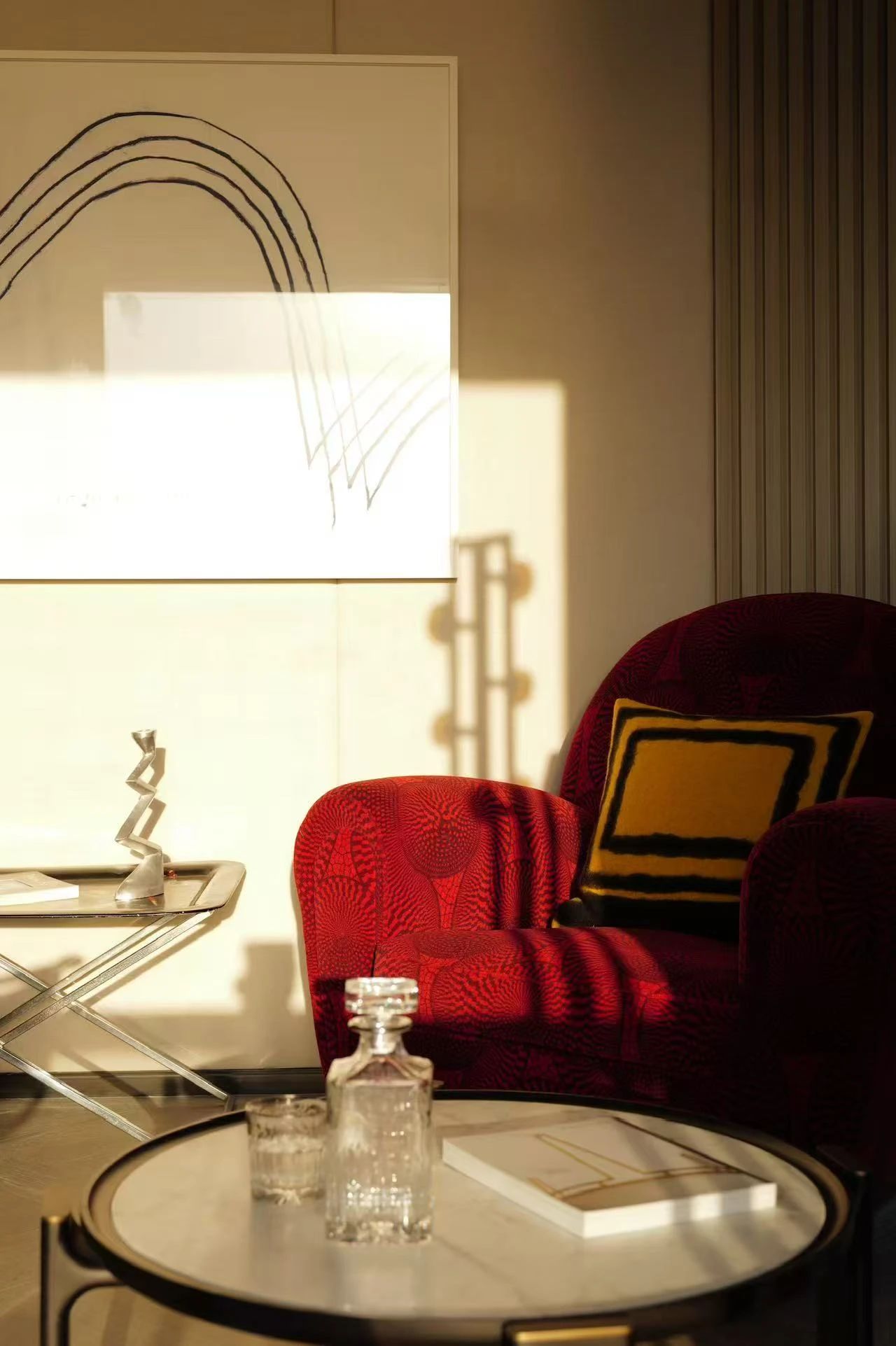Participatory Student Building Project Spinelli Mannheim Atelier U20
2017-02-17 02:00
© Yannick Wegner
Yannick Wegne


架构师提供的文本描述。由于官僚程序,抵达德国的难民注定要维持很长一段时间的被动。在曼海姆前美国斯皮内利兵营所在地的难民营里,他们得到了充足的必需品,但周围的环境相当荒凉,缺乏公共空间。
Text description provided by the architects. Due to bureaucratic procedures, refugees arriving in Germany are condemned to sustain a long period of passiveness. In the refugee camp on the location of the former American Spinelli Barracks in Mannheim, they are well provided with the bare essentials, but the immediate surroundings are quite desolate and lack quality of common spaces.
© Yannick Wegner
Yannick Wegne


在这种情况下,“共同建设-共同学习”项目应运而生。TU Kaiserslautern建筑学院的18名学生与25名难民一起建造了一个社区中心。难民有机会积极塑造他们的环境并获得新的技能,这将是有用的,即使他们不能长期留在德国。学生们能够对难民危机作出积极和积极的贡献。作为未来的建筑师,他们贡献的专业知识乍一看可能在难民营里是豪华的,但更重要的是仔细观察:创造宜人的地方和高质量的建筑。
In this situation, the project „Building Together – Learning Together“ came into being. 18 students of the Faculty of Architecture at TU Kaiserslautern built a community centre together with 25 refugees. The refugees were given the opportunity to actively shape their environment and acquire new skills, which will be useful, even if they cannot stay in Germany on a permanent basis. The students were able to make an active and positive contribution to the refugee crisis. As future architects they contribute expertise that may appear luxurious in a refugee camp at first glance, but is even more important upon closer inspection: the creation of pleasant places and high-quality architecture.


学生们在与难民一起确定大纲之后,在一个非常密集的夏季学期的课程中,开发了设计、许可和执行图,以及可视化和成本计划。从8月中旬到10月底,他们在斯皮内利兵营与难民一起工作、吃饭和生活。这导致了一种紧张的工作气氛和非常积极的团体动力。建筑的内部和外部空间要么连接在一起,要么按照精心设计的顺序分开。
After pinning down the outlines together with the refugees, the students developed design, permission and execution drawings as well as visualizations and cost planning in the course of a very intensive summer semester. From mid-August until the end of October they worked, ate and lived together with the refugees in the Spinelli Barracks. This resulted in an intensive working atmosphere and very positive group dynamics. The interior and exterior spaces of the building are either linked or separated in a carefully designed sequence.
© Yannick Wegner
Yannick Wegne


主楼的两堵墙一直延伸到北方,显示出两个区域-每个地方都有自己的特点。一个较小的封闭空间,有盖的壁龛,可以用作一个内向的花园和安静的度假胜地,而更大的庭院容纳一个共同的活动房间-封闭的座位间面向南和西。
Two walls of the main building extend to the North, revealing two areas – each with its own specific character. A smaller enclosed space with covered niches may be used as an introverted garden and silent resort, whereas the larger yard accommodates a common room for events – confined by seating booths facing South and West.




所有的结构元素和表面都是用未经处理的木材制成的。为了防止施工过程中的潮湿,为了在6周内制造出这些部件,在原军事设施的机库中预制了大型部件,并以高速和精确的速度在现场组装。木材的重量轻,可以通过简单的手段运输大的元素,同时通过将墙作为桁架将地基缩小到很少的单一地基。这样,地基费用和混凝土对生态的负面影响都减少到最低限度。
All structural elements and surfaces are made of untreated timber. For protection from moisture during the construction process and in order to manufacture these parts in only six weeks, large-format components were prefabricated in a hangar of the former military facility and assembled on site with high speed and precision. The light weight of timber allowed for the transport of large elements by simple means and simultaneously reduced foundations to few singular footing foundations by incorporating the walls as trusses. In this way, both the costs for foundations and the negative ecological impact of concrete were reduced to a minimum.
© Yannick Wegner
Yannick Wegne


© Yannick Wegner
Yannick Wegne


为了充分利用许多帮手,并降低建筑成本,没有使用大型机械。取而代之的是简单、节省材料但劳动密集的建筑。墙和桁架由3×5厘米的简单板制成,是这种方法的象征:把墙和桁架钉在一起,形成五层垂直和对角线排列的网格,为墙和桁架建立一个高效的支撑结构。装饰结构是建筑独特的建筑表现形式。再加上与光的相互作用,难民们认识到它是东方装饰品的提醒,也是异国身份认同的诱人姿态。
In order to make the best use of many helping hands and to reduce building costs, no large machinery was employed. Instead, simple and material-saving but labour-intensive constructions were used. Walls and trusses made of simple battens 3 by 5 cm are symbolic representants of this method: Screwed together to a grid of five vertically and diagonally arranged layers, they build a highly efficient supporting structure for walls and trusses. The ornamental structure results in the building‘s unique architectural expression. Multiplied by the interplay with light, it is recognized by the refugees as a reminder of oriental ornaments and as an inviting gesture of identification in a foreign place.
© Yannick Wegner
Yannick Wegne






























































































Architects Atelier U20
Location Am Aubuckel, Mannheim, Germany
Category Community
Area 550.0 m2
Project Year 2016
Photographs Yannick Wegner































